Subdivision Application Process
Subdivision applications are required when changing or creating new property (lot) boundaries. The process requires approval from the Village’s Approving Officer to register the new subdivision at the Land Titles Office. Council is not involved in the subdivision application approval process as there are no zoning or Official Community Plan (OCP) changes.
The Approving Officer is a Village employee appointed by Council to review and approve subdivisions and the Approving Officer’s authority to approve subdivision applications is granted under the Local Government Act, the Land Title Act and the Strata Property Act of British Columbia.
A subdivision application must adhere to the existing OCP land use and zoning, and is required when a property owner is:
Subdivision Application Process Steps
Applicants should be aware it can take significant time to complete the process to gain final subdivision approval. The timeframe from Step 1 to Step 7 can vary in length depending on the complexity of the application, with a typical application taking six to nine months.



